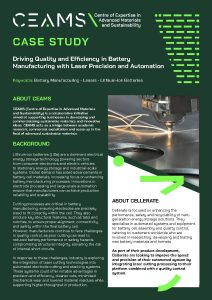CEAMS (Centre of Expertise in Advanced Materials and Sustainability) is a collaborative initiative aimed at supporting businesses in developing and commercialising sustainable materials and innovative ideas. CEAMS acts as a bridge between academic research, commercial exploitation and scale-up in the field of advanced sustainable materials.
Background
Lithium-ion batteries (LIBs) are a dominant electrical energy storage technology powering sectors from consumer electronics and electric vehicles to stationary energy storage and industrial-scale systems. Global demand has aided advancements in battery cell materials, increasing focus on enhancing battery manufacturing processes. Innovations in electrode processing and large-scale automation ensure that manufacturers can achieve production reliability and scalability.
Cutting processes are critical in battery manufacturing, ensuring electrodes are precisely sized to fit correctly within the cell. They also produce key structural features, such as tabs and notches, to ensure proper alignment, connectivity, and safety within the final battery cell. However, manufacturers continue to face challenges in quality control, as poor cutting can lead to reduced battery performance or safety hazards compromising structural integrity, elevating the risk of internal short circuits.
In response to these challenges, industry is exploring the integration of laser cutting technologies into automated electrode cutting and stacking systems. These systems could offer notable advantages in precision and efficiency, cleaner cuts, minimised mechanical wear and lowered material residues while supporting higher throughput in production.
Cellerate is focused on enhancing the performance, safety and recyclability of next-generation energy storage solutions. They specialise in automated systems and equipment for battery cell assembly and quality control, catering to customers worldwide who are involved in researching, developing and testing new battery materials and formats.
As part of their product development, Cellerate are looking to improve the speed and precision of their automated system by integrating laser cutting processing to their platform combined with a quality control system.
Project
Through CEAMS, The University of Manchester and the Henry Royce Institute (Royce) collaborated with Cellerate to undertake cutting-edge research to investigate advanced laser processing techniques for precision cutting and selective de-coating LIB electrodes and polypropylene separators.
Three key laser technologies were employed in this study: continuous wave (CW), nanosecond pulsed and ultrashort pulsed (femtosecond and picosecond). Nanosecond and picosecond laser systems from the Laser Processing Research Lab at the University of Manchester were utilised to cut both anode and cathode materials.
Initial trials were also conducted to evaluate the feasibility of using these laser systems for selective decoating of electrode materials from their substrates.
Results
The laser systems demonstrate distinct advantages and limitations during cutting. For instance, CW lasers enabled high-speed cutting with minimal material loss; however, they lacked the fine precision required for delicate materials.
The project also highlighted the importance of material-specific properties, which can influence performance: reflectivity studies revealed that aluminium, copper and graphite-based samples showed optimal absorption at wavelengths below 550 nm, with ultraviolet (UV) lasers operating at 355 nm performing particularly well.
For polypropylene separators, laser cutting emerged as superior alternative to mechanical techniques, offering cleaner, more precise edges while reducing risks of deformation, cracking, and tool wear.
Impact
The project highlights the critical trade-offs between laser power, wavelength, and processing efficiency in precision cutting and de-coating of battery materials. Royce and the University of Manchester’s Laser Processing Research Lab delivered expert guidance on selecting and optimising the key laser system parameters most likely to impact cut quality on across a range of electrode and separator materials provided by Cellerate. The team also advised on key metrics to monitor during processing, enabling a more data-driven approach to cutting process optimisation.
By providing avenues to access state-of-the-art laser technologies and deep technical expertise, CEAMS is positioning itself at the forefront of developing transformative manufacturing methods that support the advancement of sustainable battery technologies.
"Working with the experts across CEAMS has been a great experience. We gained access to advanced technology and were able to develop effective solutions to key processing challenges. The well coordinated project management ensured that the diverse strands of work came together seamlessly and were delivered as expected."
Cellerate




